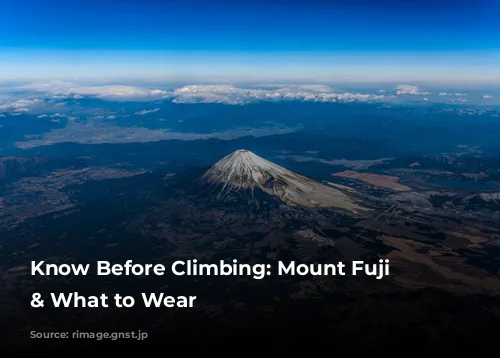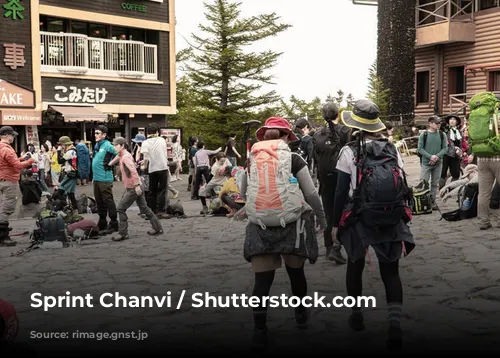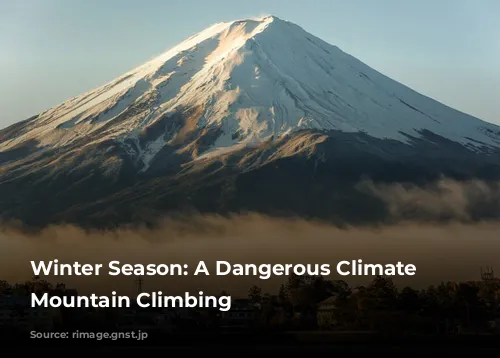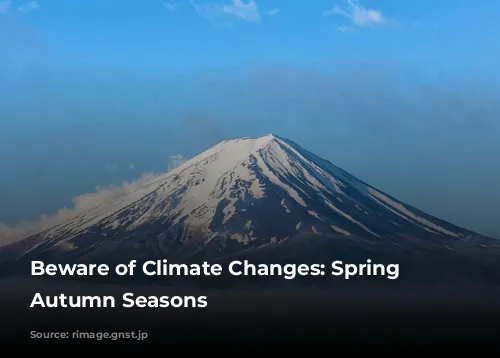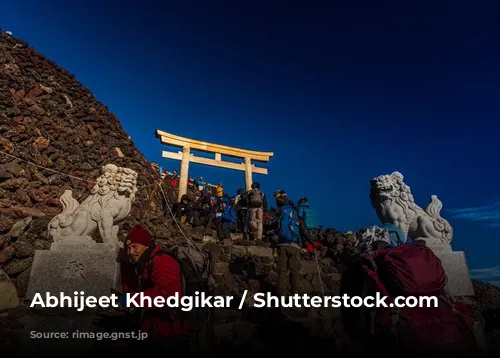Mount Fuji, Japan’s iconic peak, beckons adventurers from around the world. But when is the optimal time to embark on this challenging climb? The answer lies in understanding the mountain’s unique environment and the potential hazards that come with each season.
Let’s explore the best time to conquer Mount Fuji and what you need to know to have a safe and successful journey.

Summer: The Season for Climbing
The official climbing season for Mount Fuji runs from early July to September 10th. This period offers the most favorable conditions for climbing, with relatively stable weather and reduced snow cover.
While summer presents the best opportunity to climb, it’s essential to be aware of the potential for extreme heat. Remember that Mount Fuji is a high-altitude mountain, and even on sunny summer days, temperatures can plummet at higher elevations.
Before setting off, it’s crucial to submit a climbing plan, detailing your itinerary, equipment, and emergency contact information. This simple act ensures your safety and aids search efforts if you encounter any difficulties during your ascent.
Beware of Climate Changes: Spring and Autumn Seasons
While spring and autumn might seem like ideal times to climb, the reality is that Mount Fuji’s weather can be unpredictable during these seasons.
Even in late April and early May and mid-to-late November, temperatures can mimic those of winter, making the climb challenging and potentially dangerous. The mountain’s weather is similar to winter’s cold, with temperatures plummeting at higher elevations.
The winter season sees temperatures drop to -20ºC at the summit, making climbing extremely hazardous. Snow blankets the mountain from December onward, reaching its peak in February. Do not attempt to climb Mount Fuji during winter or autumn as it is extremely dangerous.

What to Wear When Conquering Mount Fuji
Mount Fuji’s weather is known for its rapid changes, even within a single season. Prepare yourself for sudden shifts in temperature and unpredictable conditions.
Layering your clothing is crucial. Pack rain gear, cold-resistant clothing, and quick-drying shirts. Even if the temperature is pleasant when you start your climb, it can drop drastically as you ascend.
Footwear is equally important. Opt for hard-bottomed soles and high-cut footwear to prevent debris from entering your shoes.
Safety Precautions: Beyond the Clothing
Climbing Mount Fuji requires more than just proper clothing. Safety should be paramount, so equip yourself with a helmet, headlight, and other essential safety gear.
Remember that climbing is inherently dangerous and the mountain’s environment can be unpredictable. Be mindful of the mountain’s nature and adhere to the regulations set forth by the authorities.
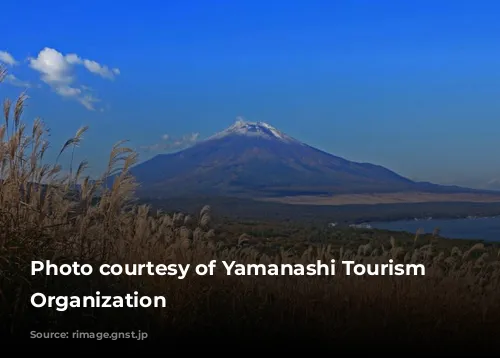
Resources for Responsible Climbing
Several websites provide essential information for climbers. Here are some resources:
-
Website by the Ministry of the Environment, Yamanashi Prefecture, and Shizuoka Prefecture: This website offers live camera feeds of the climbing routes and summit, giving you a glimpse of the current conditions before you embark on your climb.
-
Shizuoka Prefecture Website: This website provides detailed information on hiking, particularly for the Subashiri and Gotemba routes. It also explores the reasons behind Mount Fuji’s UNESCO World Heritage designation.
-
Fujisan Conservation Donation Campaign: Support this campaign to preserve the beauty of Mount Fuji for future generations. Climbers are encouraged to donate 1000 yen, while children and those with disabilities can donate any amount.
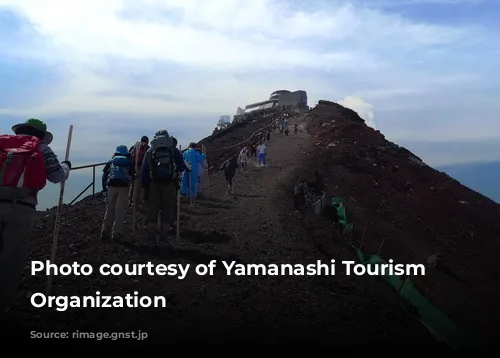
Plan Responsibly and Stay Safe
Before embarking on your climb, check the weather forecast for the summit, the foot, and the 5th station of Mount Fuji. Always plan your trip responsibly and consider postponing your climb if you encounter risky conditions.
Remember, climbing Mount Fuji is an incredible experience. With careful planning, proper preparation, and a respect for the mountain’s environment, you can have a memorable and safe journey to the summit.
